Roman sulphur Baths, Cortesin de la Hedionda, near Manilva, Malaga province, Andalucia, Spain
By Nick Nutter | Updated 29 Aug 2022 | Málaga | Places To Go |
Login to add to YOUR Favourites or Read Later
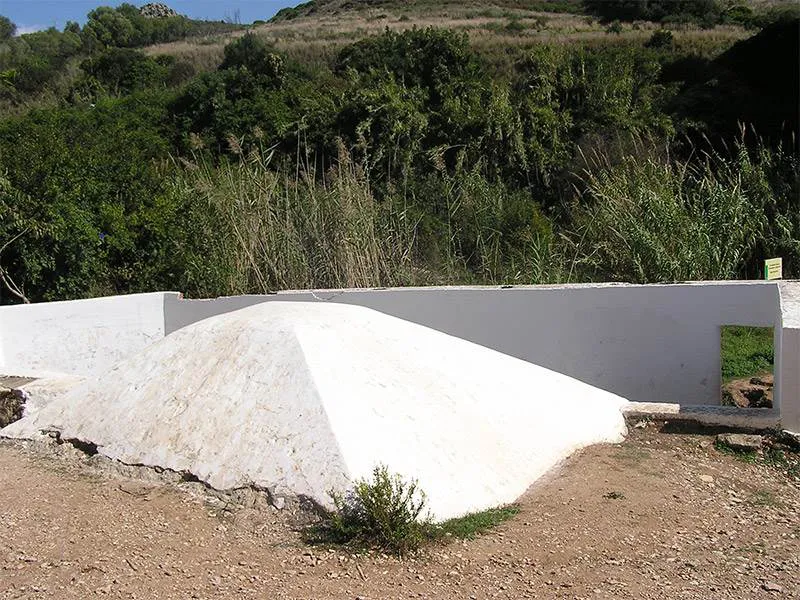
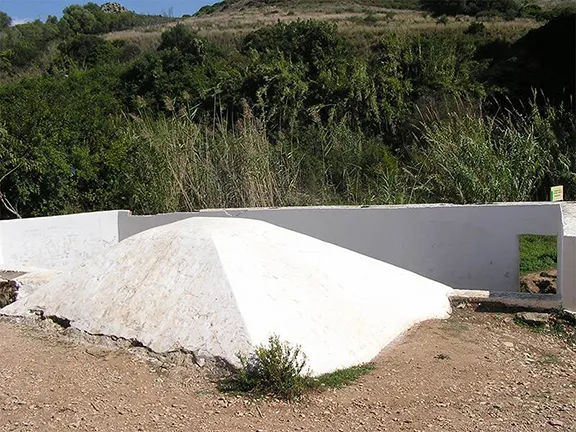
The Roman Baths at Cortesin de la Hedionda
For something a little different, and certainly something the kids will be able to boast about with their friends, take them for a dip at the Roman sulphur Baths at Cortesin de la Hedionda, the Roman Baths on the Rio Manilva.
The baths are actually in the municipality of Casares but have always been known as Manilva Roman baths because of their proximity to that town.
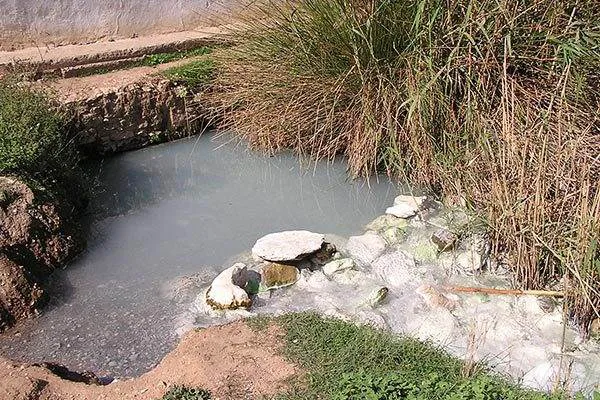
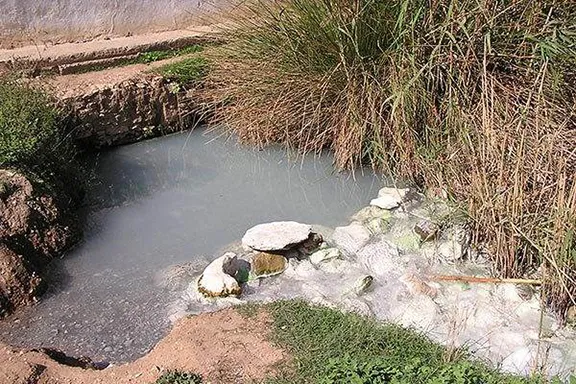
Sulphur spring
Towards the end of the 1st Century BC, or close to the beginning of the 1st Century AD, whichever you prefer, south west Andalucia, what is now Manilva Municipality, was just another tract of land in the Senatorial province of Baetica which was in the south west of Spain, Roman Hispania. Baetica included what is now Andalucia plus a small part of Extremadura. A Senatorial province was one to which the Senate in Rome had the right to appoint a governor who was known as a proconsul. These provinces were normally judged to be peaceful, on the outskirts of the Empire, and had few if any legions in residence.
The rich farming land of the coastal strip of what is now the Municipality of Manilva and the river valleys such as that of the Rio Manilva, were dotted with farms, the Roman equivalent of fincas, and there were a few traditional style Roman villas owned by the wealthier landlords, some of Roman extraction, some Spanish, or Iberian as they were then known. The main towns were Castillo de la Duquesa, possibly named Saltum, and the now long abandoned settlement of Lacipo which was near Casares.
A properly paved road, the Via 1, ran along the coast, and yes, as with every Roman road, it led to Rome. Tracks, some paved, some not, connected the fincas and villas in the campo. One such track followed the Rio Manilva for 4 kilometres to the Cortesin de la Hedionda.
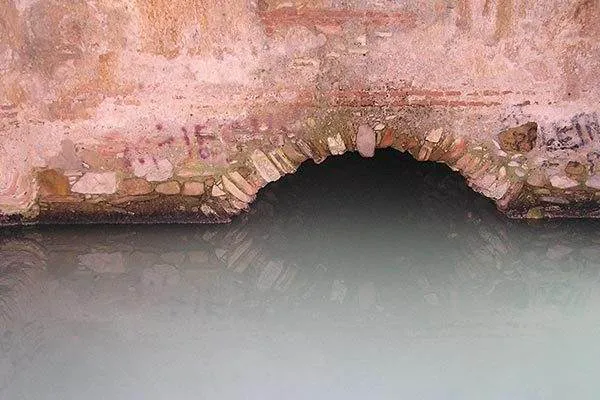
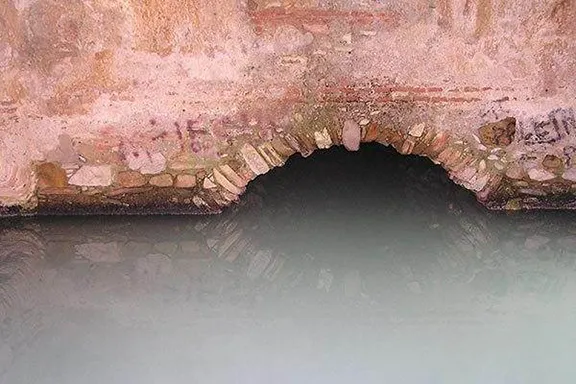
Roman brickwork
For hundreds of thousands of years a warm sulphur laden spring that originated far down in the crust of the earth had been gushing its waters from the side of the hill where they carved a channel for a hundred metres or so before feeding into the Rio Manilva. Tradition has it that Julius Caesar bathed in the waters somewhere between 63 and 60 BC during his period as Proconsul of Baetica and was subsequently cured of a skin complaint he suffered from. He ordered the track to be paved and had a Roman Bath erected over the spring. The concrete canopy you now see is a modern addition built to preserve the original Roman architecture. This can still be seen forming the walls of the baths and the arches between the pools.
Notice the mortar keeping the bricks joined together. The Romans invented, or discovered, a cement mix that was not only waterproof but also set underwater. It was only in the year 2013 that the secret of how this was accomplished was found at the laboratory of U.C. Berkeley. The Romans mixed lime and a volcanic ash found near the town of Pozzuoli in Italy. Water triggers a chemical reaction through which the lime is hydrated and reacts with the ash to form an exceptionally strong calcium-aluminium-silicate-hydrate.
Strong it was. Over 2000 years later the baths are still in use and are popular with Spanish families on Sundays. They picnic alongside the river and let their children splash around in the warm spring waters.